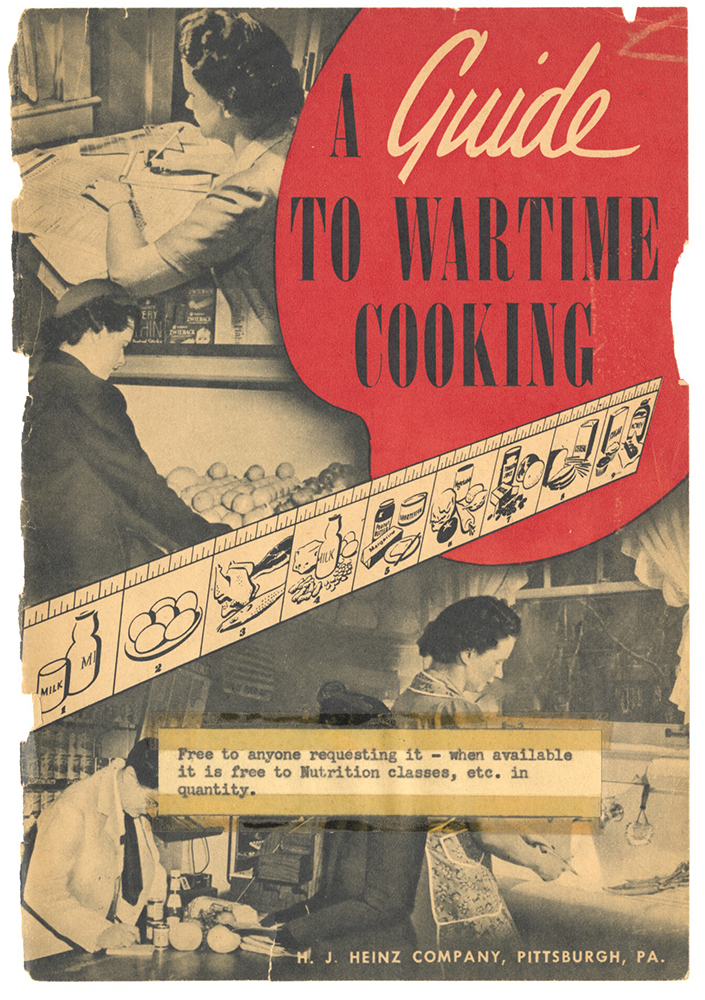
World War II brought a host of struggles to those serving on the home front. One that confronted housewives every day was to provide wholesome, nutritious meals for the family while facing an ever increasing list of rationed foods.
As men joined the military service, farms and industries faced manpower shortages and resources were diverted from domestic use to war use. In order to prevent hoarding and ensure that food was distributed equitably, the government quickly implemented a rationing program. Each eligible man, woman, child, and infant received ration coupons. The coupons ensured that everyone received an equal share of scarce goods and food. Rationing began in 1942 and sugar became the first casualty caused by disruptions in international shipping. Coffee soon followed. As military needs increased, more goods appeared on the list including meat, canned foods, and cheese.
Women had to learn the complicated point system involved in using the ration coupons, manage with about half the normal amount of staple items like butter and sugar, and do their part to help make “food fight for freedom.” The government assured consumers that “Food is the mightiest weapon of them all,” and that they could help ensure Allied victory if they “Produce,” “Conserve,” “Share,” and “Play Fair.”

Rationing helped everyone to Share and Play Fair. The means to Produce and Conserve was the Victory Garden. Every side yard, vacant lot, and school ground was turned into a vegetable garden. There was no lack of labor for a Victory Garden. Every school child could be put to work planting, watering, tending, weeding, and harvesting.
And how did one Conserve all that produce? Local companies pitched in to assist with food preservation tips. Westinghouse provided a booklet on home canning, brining, and freezing with guidelines for winter food storage while Heinz revised their popular 1930s Recipe Book to reflect the realities of war time conditions. They also included a supplement suggesting alternatives to popular Heinz processed foods withdrawn for the duration of the war.
Every person played their part when it came to food shortages, rationing, victory gardens, and conservation during WWII.
Learn more about Pittsburgh’s role during WWII in the new We Can Do It! WWII exhibition.
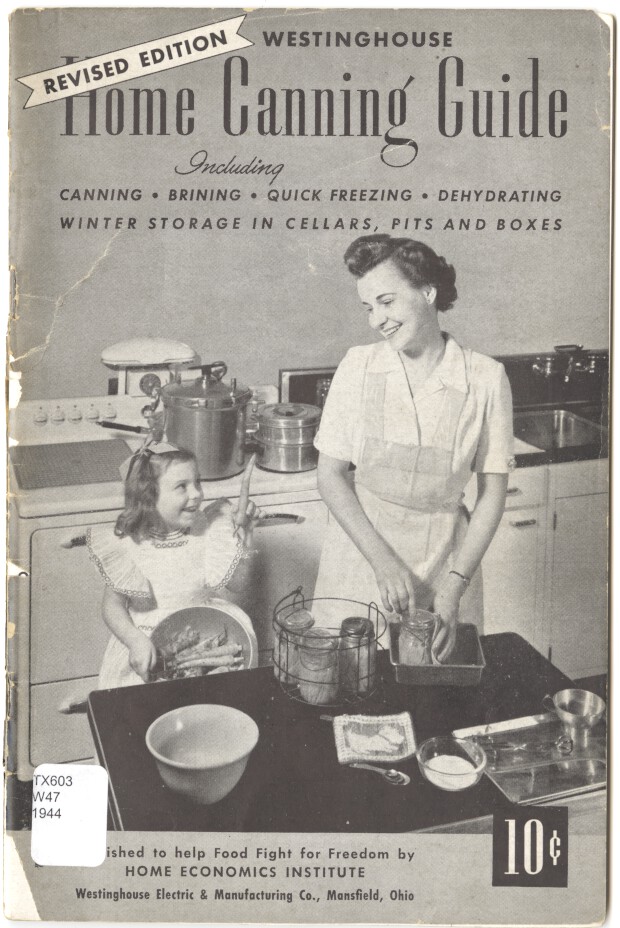
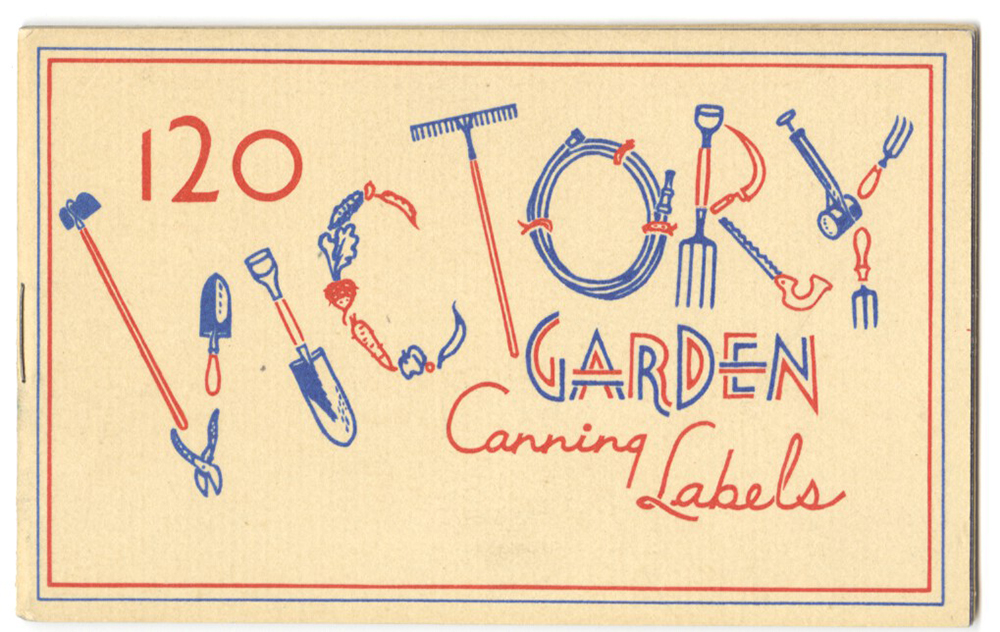
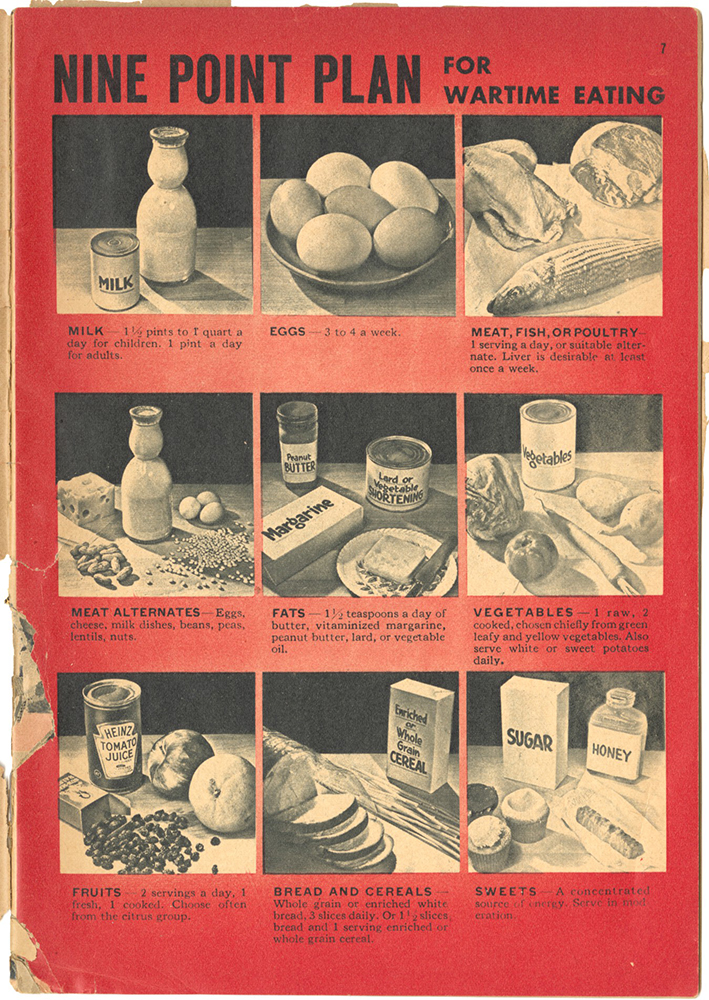
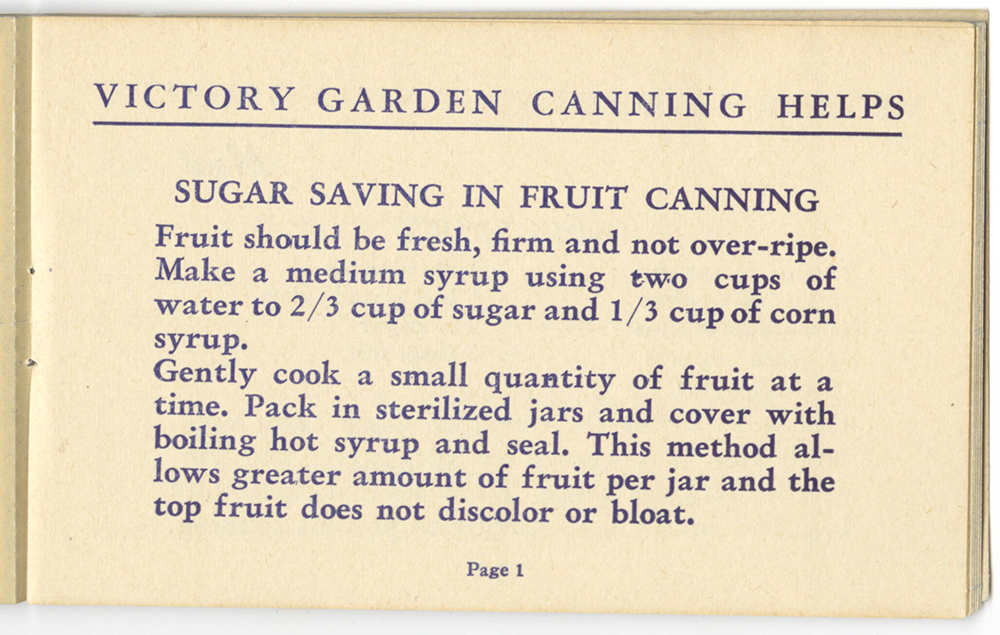
Lauren Uhl is the museum project manager & curator of food & fitness at the Heinz History Center.
The History Center’s Food & Fitness program is sponsored in part by
